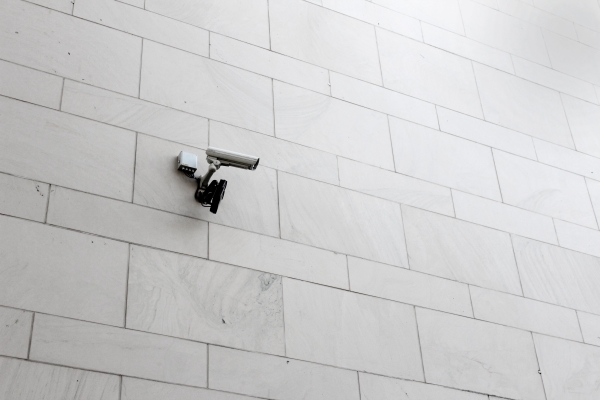The security of both individuals and properties is a priority need for everyone. Nowadays, people are investing in a variety of security solutions to protect those valuables. And one of the go-to options for surveillance security, in conjunction with IP cameras, is Network Video Recorders (NVR).
If you are looking to set up an NVR for your surveillance system, then this article will guide you through the process.
What are Network Video Recorders (NVRs)?
A Network Video Recorder (NVR) is a specialized computer system that includes a video recording software package. It encodes and processes video data from the camera then streams it to the NVR recorder and stores it in mass storage devices. Users can examine, playback, and download the footage as needed.
The NVR often features a user-friendly interface and is equipped with motion detection and camera control functionality. And depending on the system, it can be based on Windows or Linux environments.
How to Setup an NVR
There are two types of NVRs in the market:
● Power over Ethernet (POE)
● Non-Power over Ethernet
Each of these requires a different approach to set up.
PoE NVR Setup
Setting up a PoE NVR is straightforward. You can follow these easy steps:
-
Start by connecting your router’s Ethernet connection to the rear of your NVR. Check that the NVR is turned on.
-
Connect an Ethernet cable from one of your NVR’s PoE ports to your camera.
-
Connect a VGA or HDMI cable from your NVR’s rear panel to a monitor or TV. Check that the monitor or display is configured to the correct input (VGA, HDMI 1, HDMI 2…)
-
Follow the NVR user manual to configure and add the cameras to the software and activate recording.
Non-PoE NVR Setup
Non-PoE NVRs have no Ethernet ports on the back panel and cannot be directly linked to IP cameras. It requires the use of an external PoE switch or adapter to power each camera. To complete the NVR setup:
-
Start by connecting your LAN port on the PoE switch to the router.
-
Connect the router to the Non-PoE NVR.
-
Make sure the PoE switch and NVR belong to the same network.
-
Connect the RJ45 on the PoE switch to the IP cameras using the Ethernet cables. The PoE switch, like the NVR, will offer power and video transmission.
-
Connect a VGA or HDMI cable from your NVR’s rear panel to a monitor or TV. Check that the monitor or display is configured to the correct input (VGA, HDMI 1, HDMI 2, or any other inputs)
-
Follow the NVR user manual to configure and add the cameras to the software and activate recording.
If you prefer leaving this task to security camera experts, contact Lynx IT. Our team will gladly provide a free quote on setting up an NVR for your home or business.

“Lynx IT knows surveillance systems. We had them install cameras in our office and they made sure that all entry ways were covered with motion detection during our closed hours. If anyone breaks in, I get an alert from the camera system aside from my alarm system.”

Diana Blanco
President – Dr. Diana R. Blanco D.M.D








